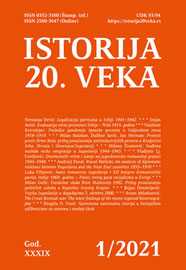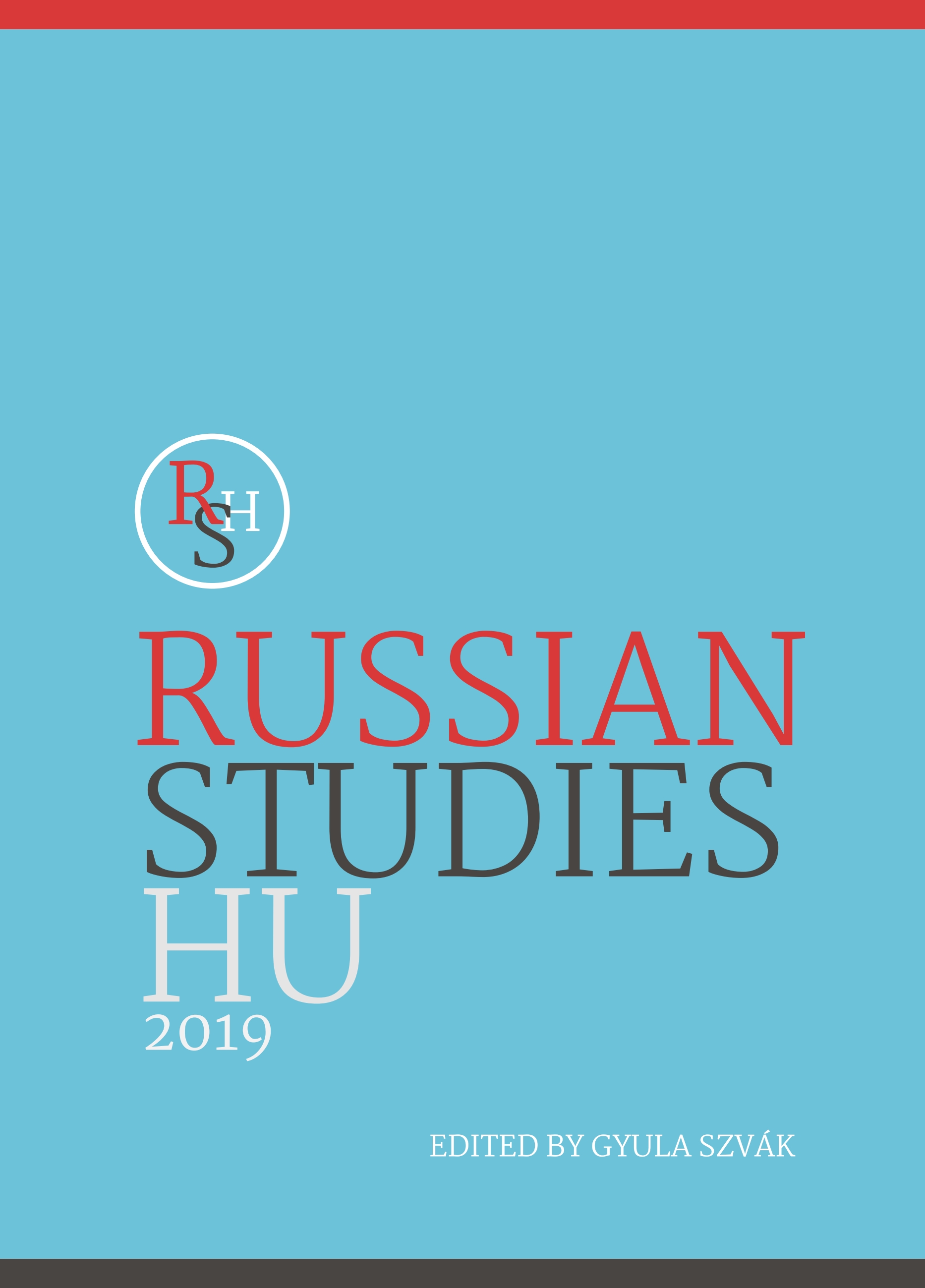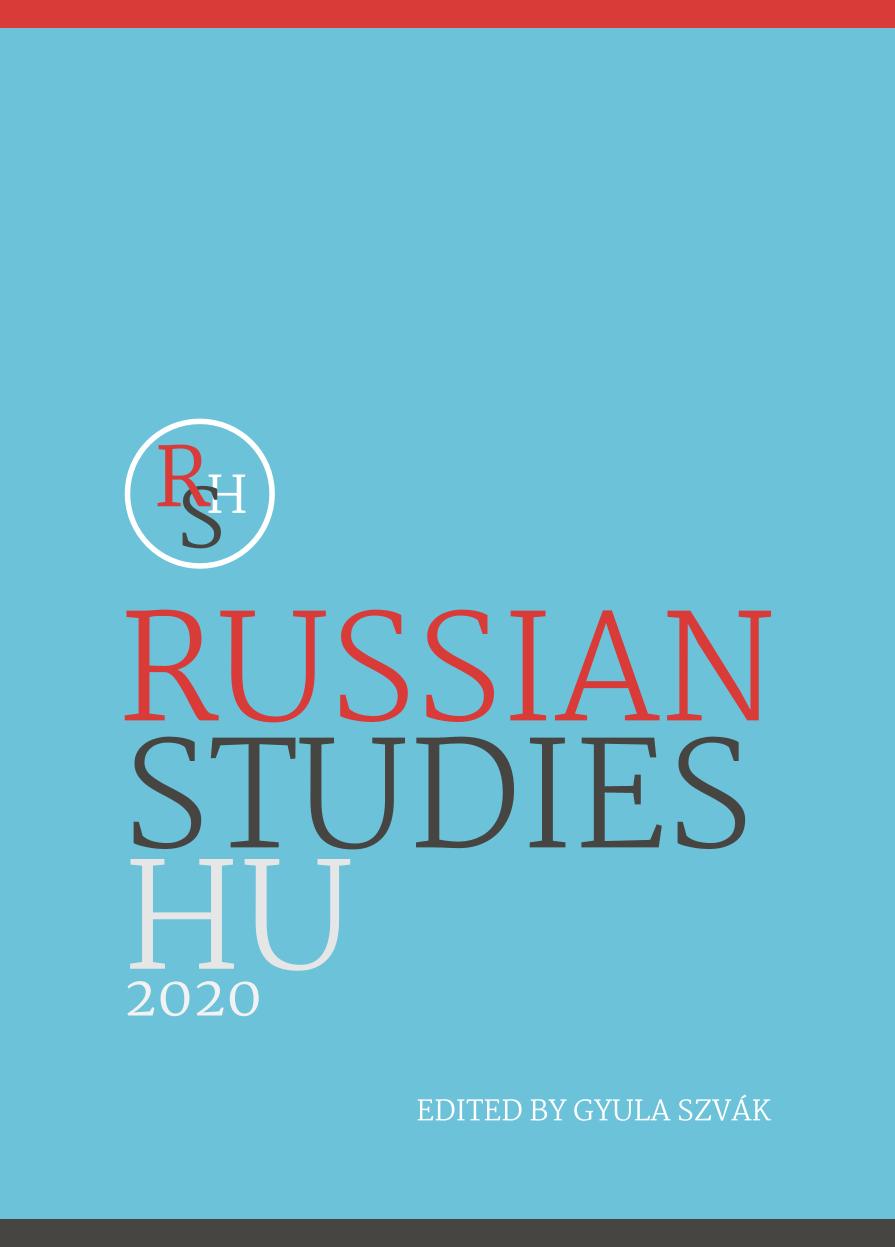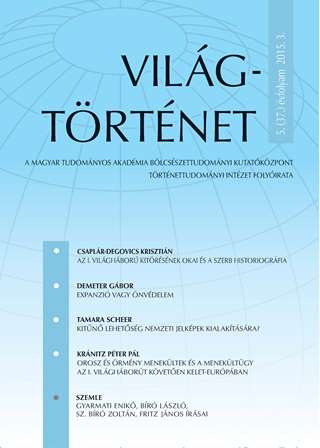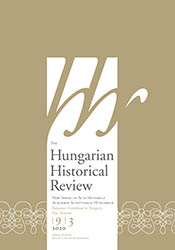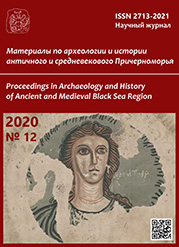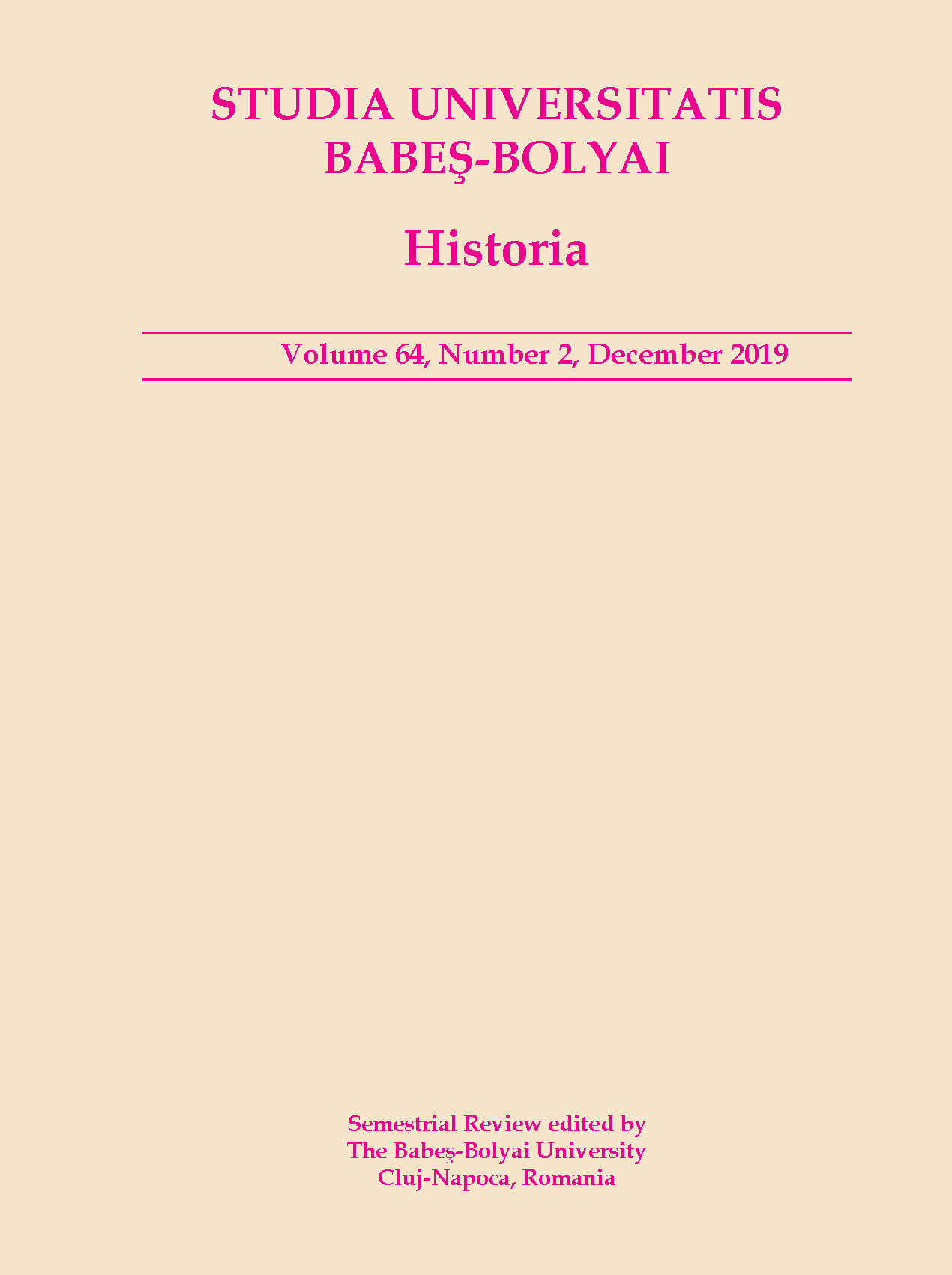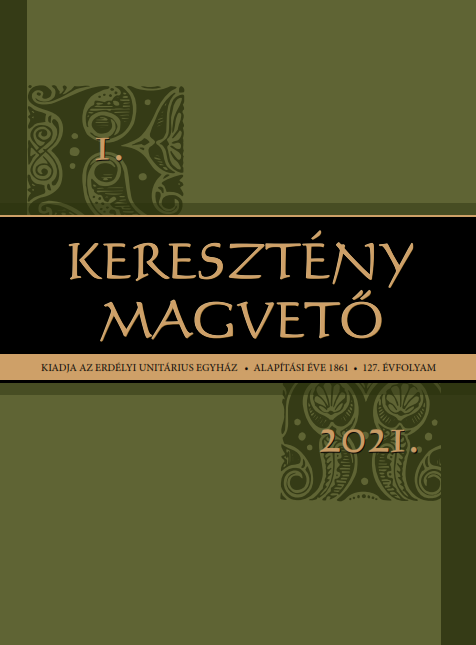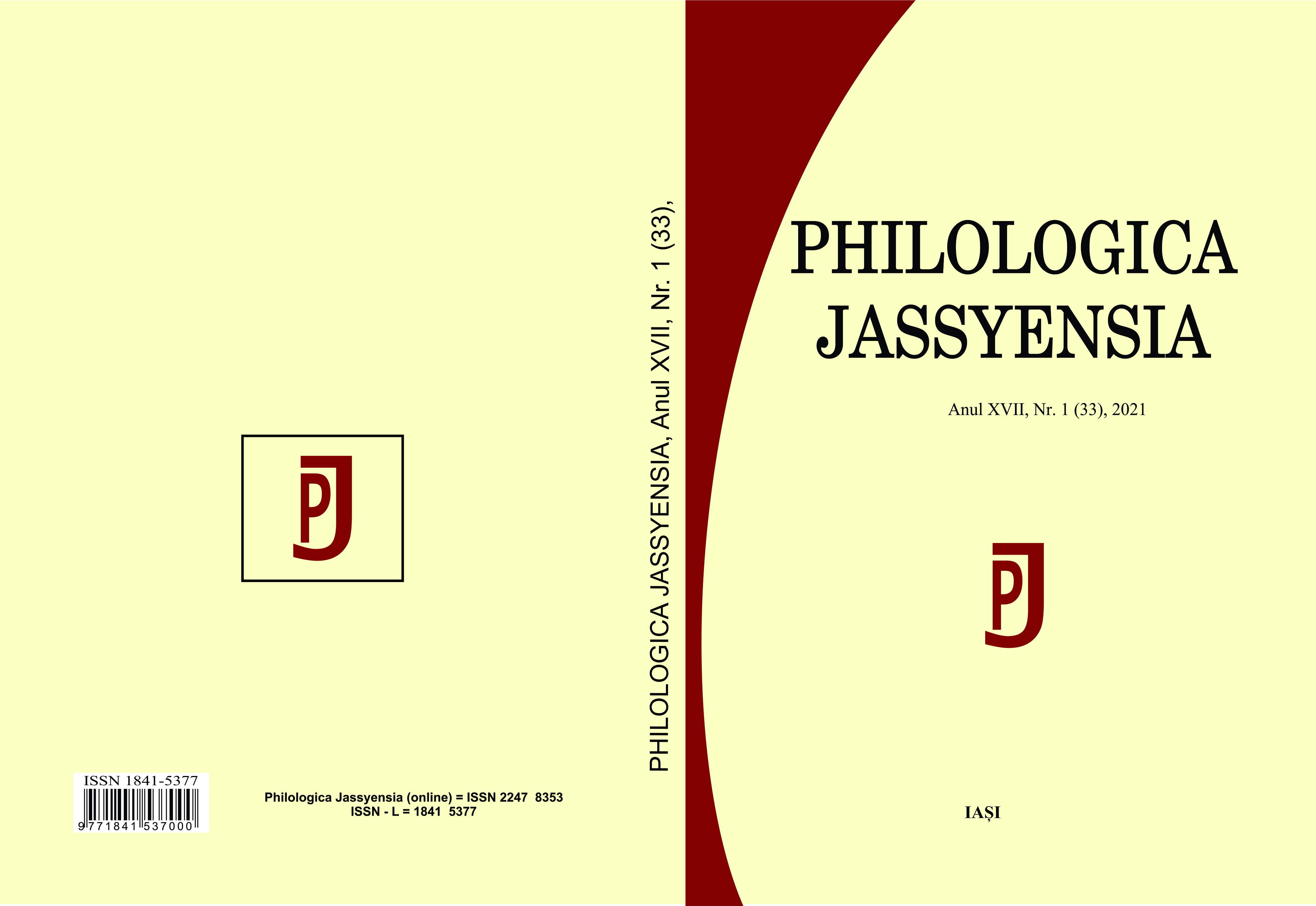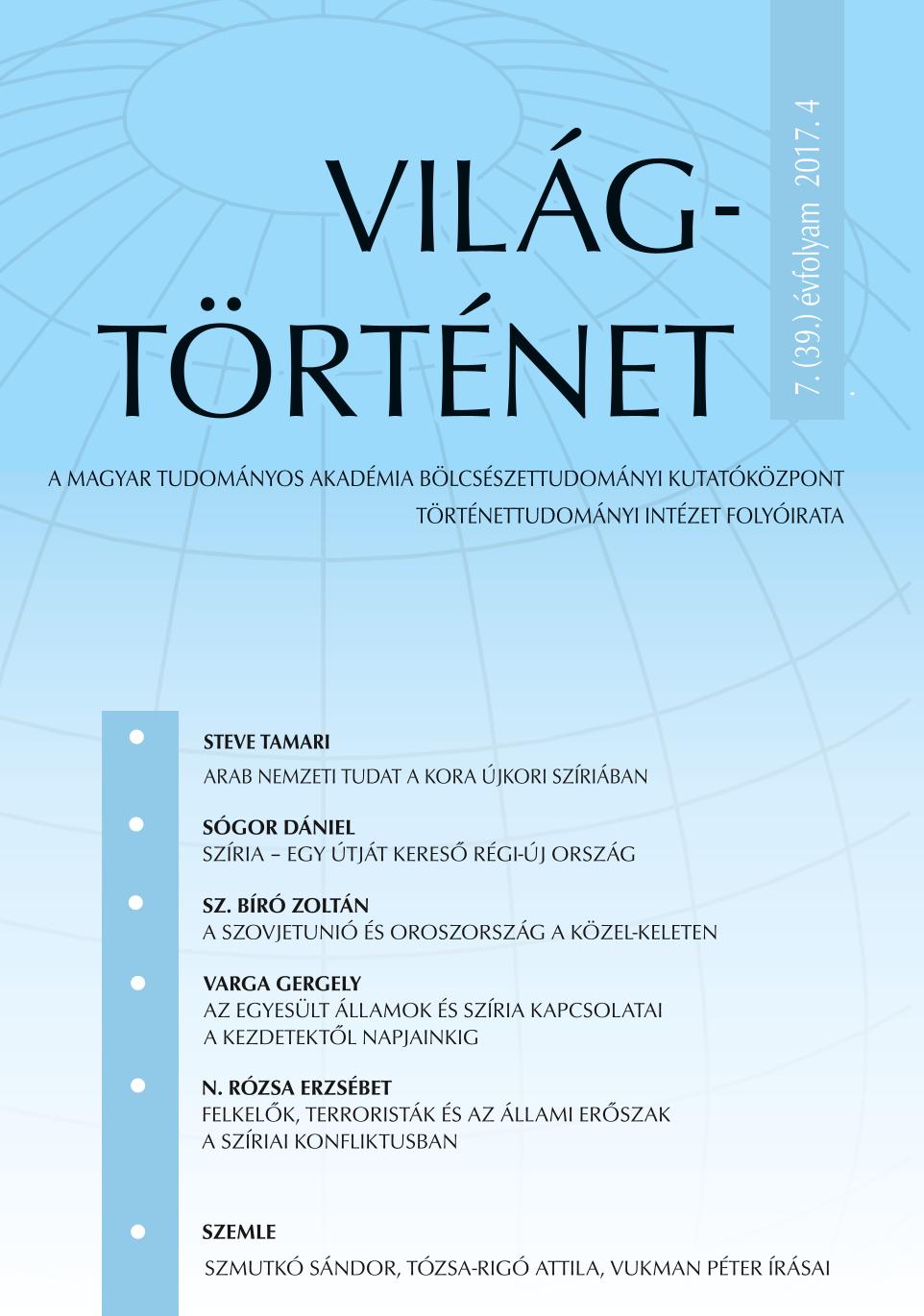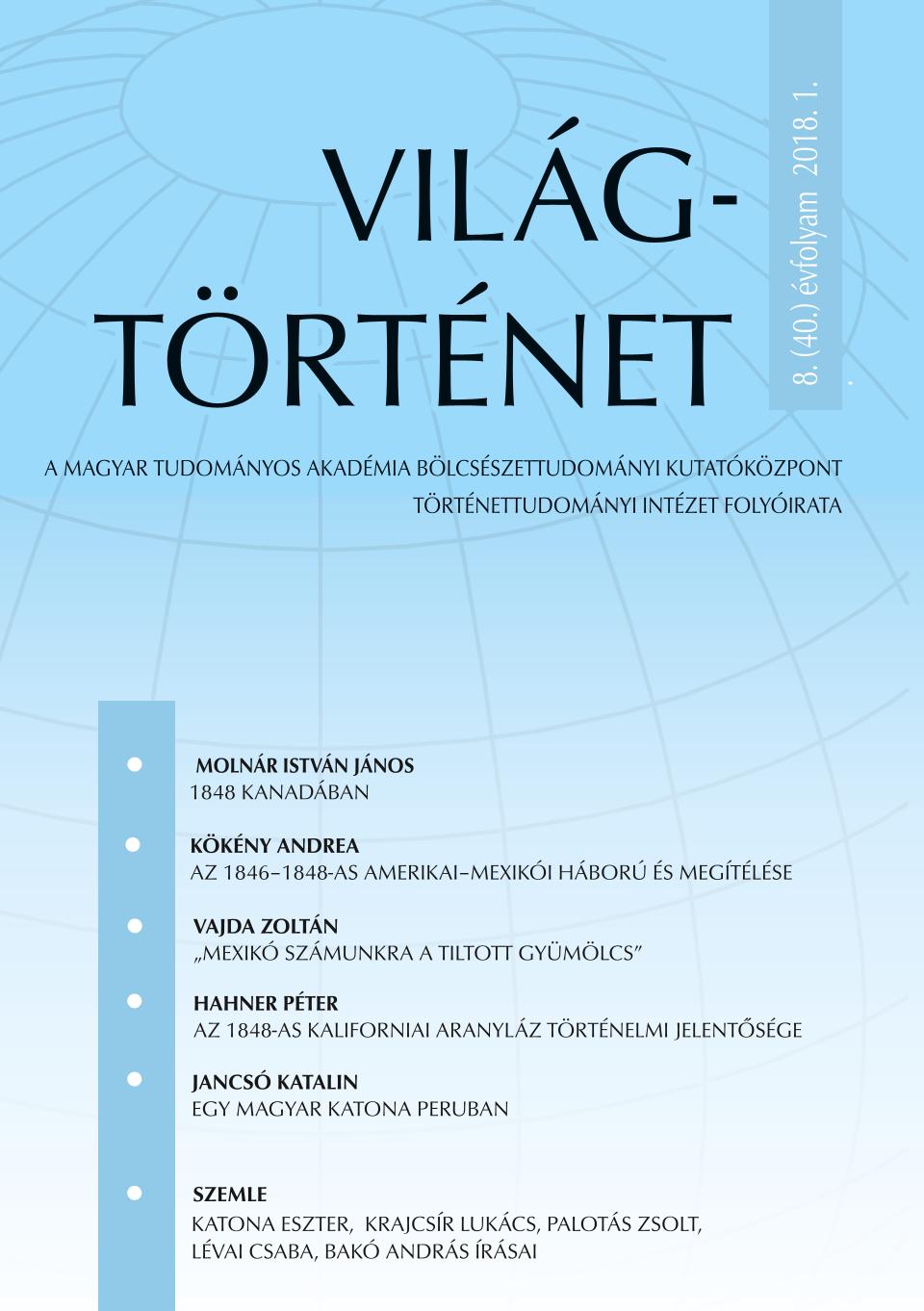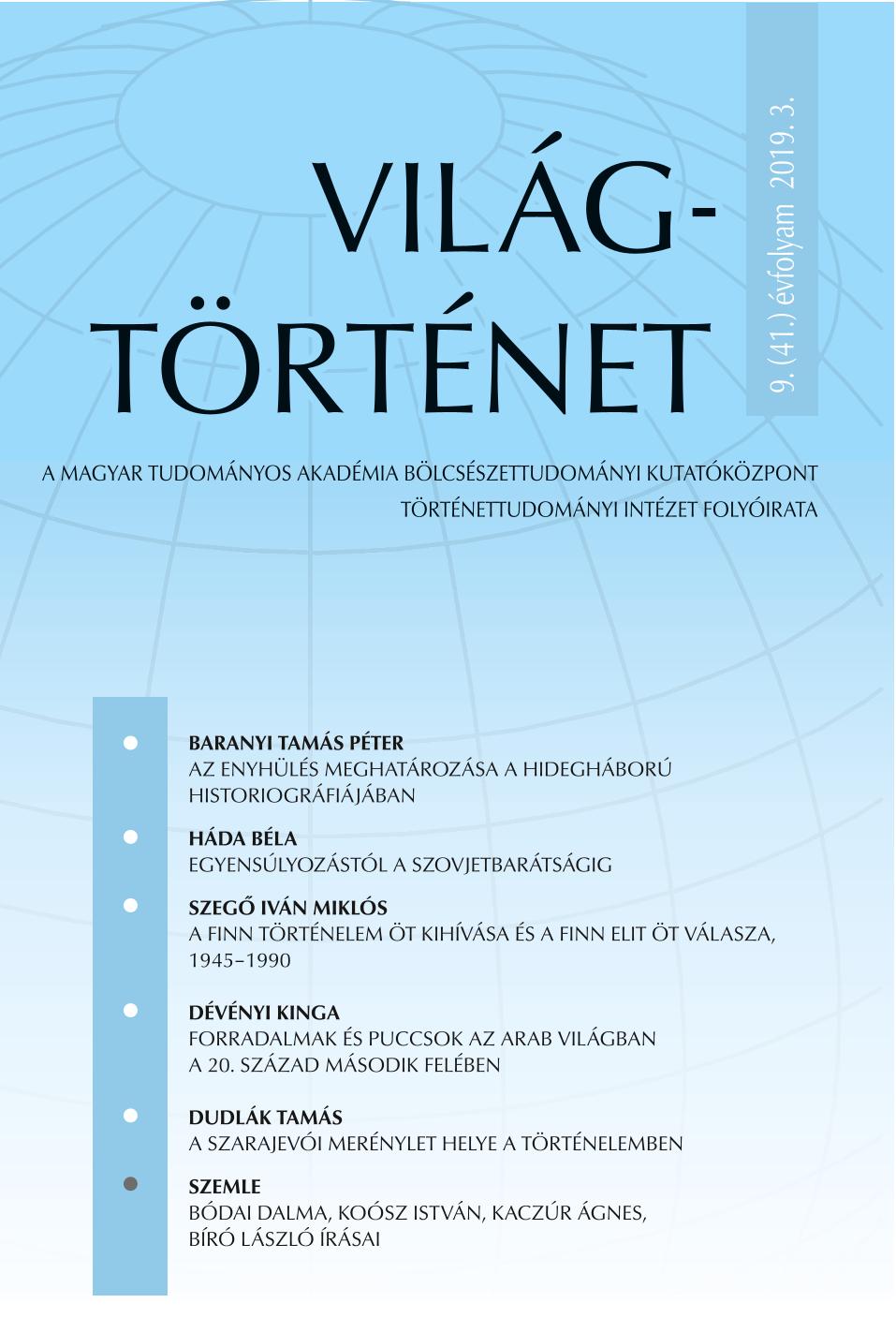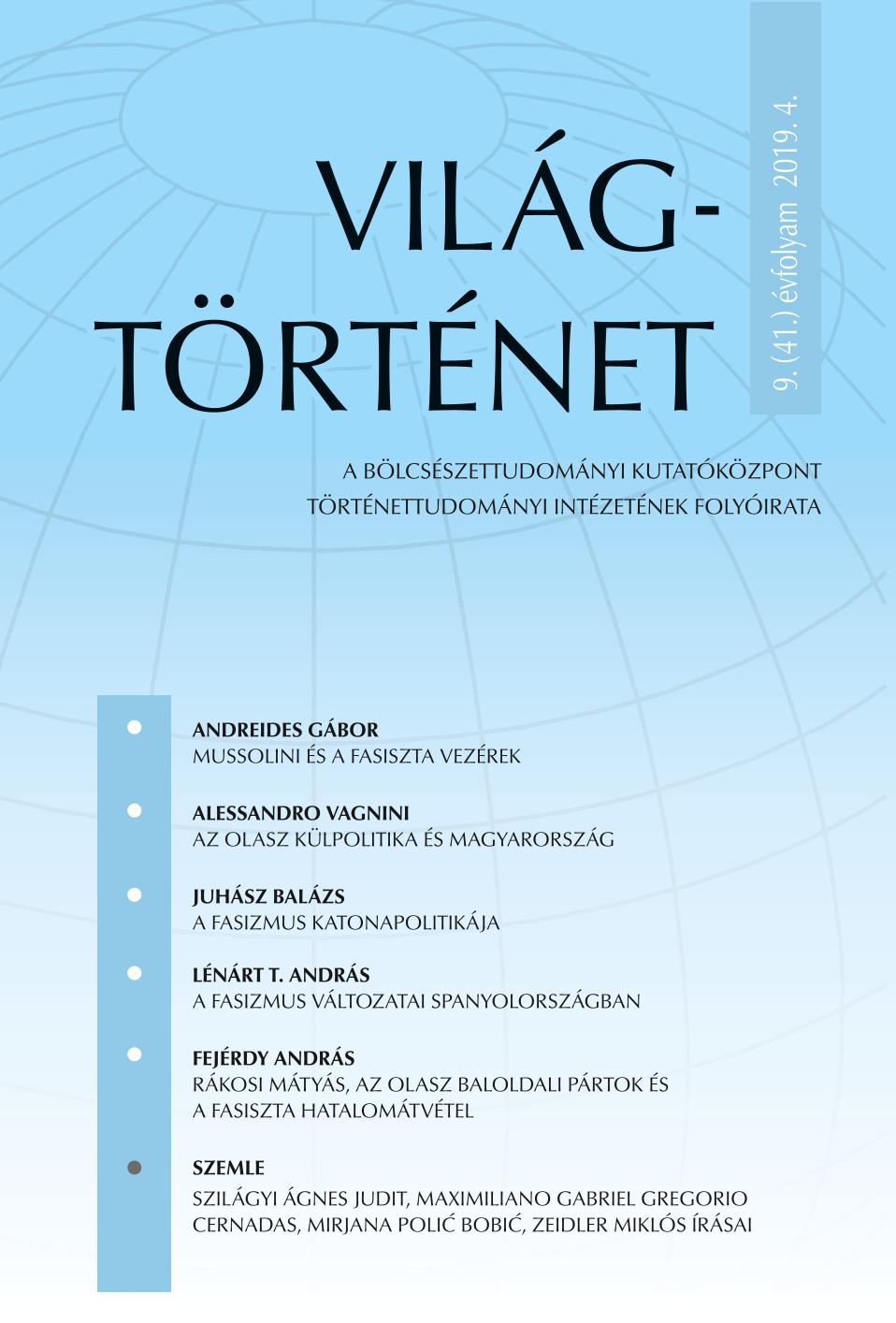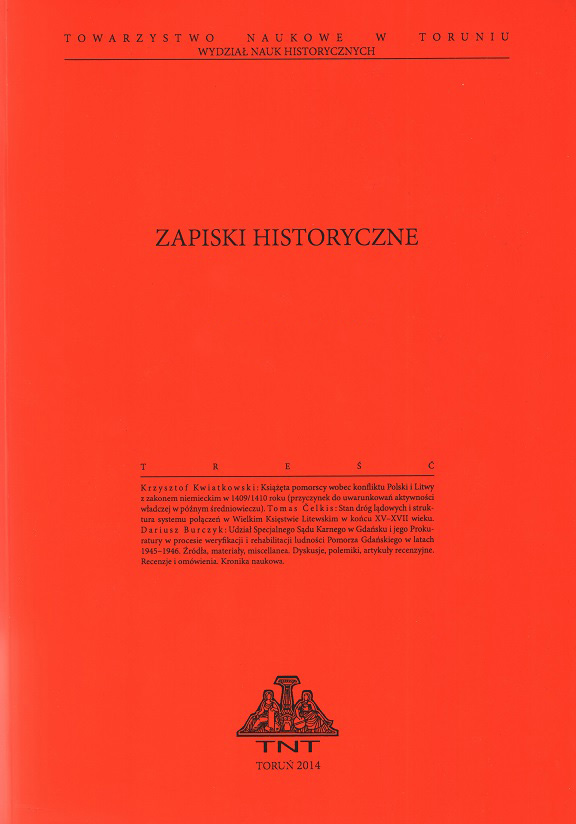
Ustrój, administracja i podziały terytorialne pomorskich prowincji Prus w latach 1918–1939
As a result of WWI Prussia as an element of united Germany lost part of its Baltic provinces for the benefit of the restored Polish and Lithuanian states. Within the boundaries of the German federation there remained the following Baltic provinces: Pomerania, East Prussia and the Frontier March. The organization of the general and local administration in the provinces constituted the continuation of the hitherto applied structures stemming from the reforms by Stein-Hardenberg. The most important change, along with the introduction of the republican political system was the implementation of the democratic election procedures to the local authorities and the elimination of courtly districts in 1928. Moreover, there took place changes in the special administration, e.g fiscal administration, which became the prerogative of the central authorities in Germany. In the provinces new structures were created for it. Important modifications of the organization of the administration started in 1933 when the Nazis took over the power. The administration underwent the so called Gleichschachtung and was subjugated to the authority of Hitler’s party. The most far reaching changes were introduced in the political system of rural and municipal communes, which dated back to the beginning of the 19th century. It was replaced by the new legal rules of the organization of rural and municipal communes in the years 1933 and 1935. WWII did not change much in the structures. During the war Hitler’s authorities underlined the hegemony of the Nazi party over the German state and society including the Baltic provinces.
More...

